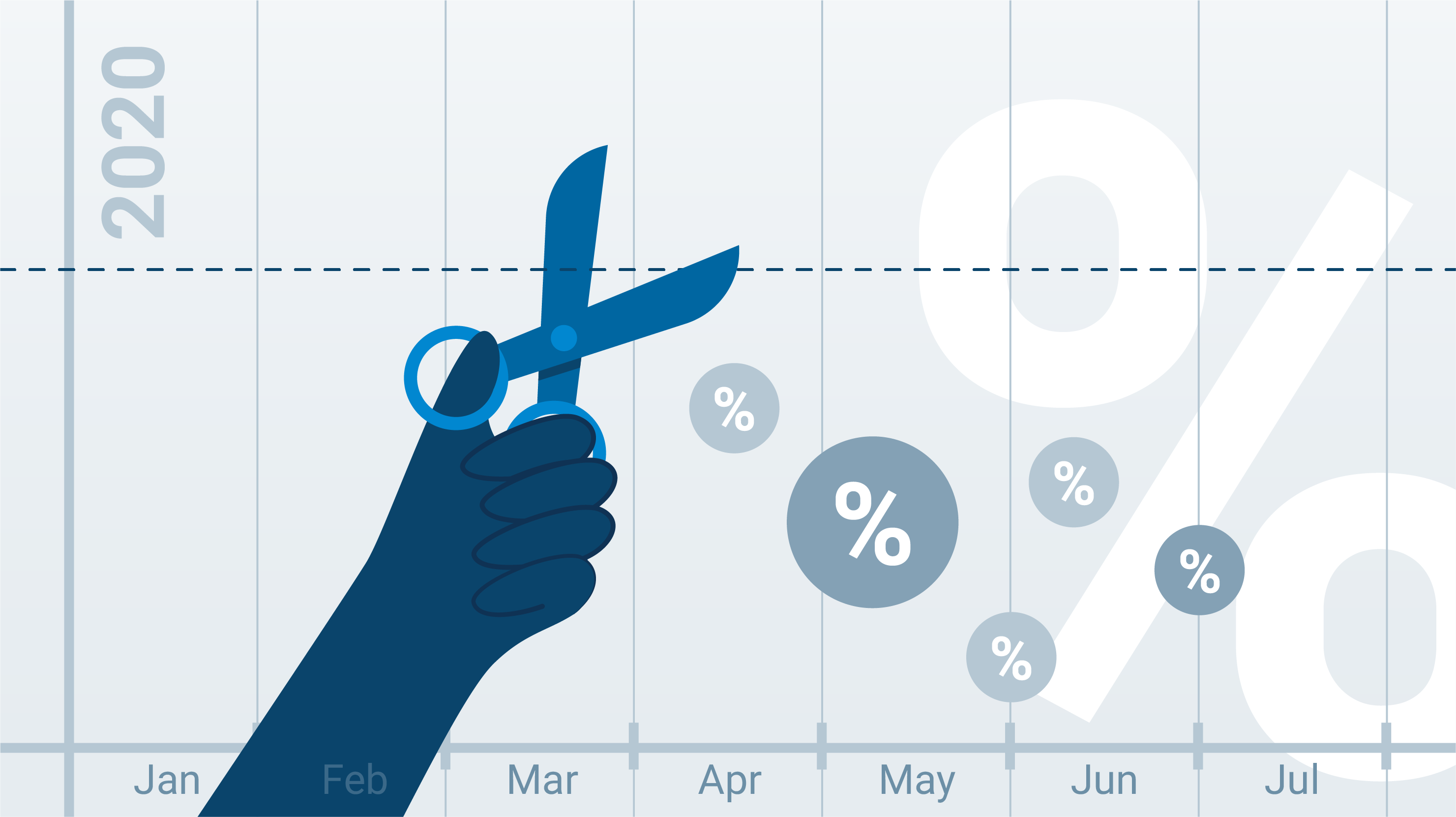By: Penelope Graham, Zoocasa
Over the past month, the real estate and mortgage market has been absorbing a slew of new rules that target the affordability of both buyers and lenders. The latest changes, which will restrict lenders from getting portfolio insurance for some mortgage types, have yet to go into effect (they’ll officially be in place November 30 th ), but their impact is already being felt.
As the deadline approaches, how has the borrowing landscape changed – and what can we expect in the aftermath?
A Recap of Mortgage Rule Changes
In October, the federal Department of Finance announced that not only will borrowers of high-ratio mortgages need to qualify at the Bank of Canada’s benchmark rate (currently 4.64%), but that the rules for high-ratio mortgages would also apply to insuring the low-ratio portion of lenders’ portfolios. This means the following mortgage products no longer qualify for portfolio default insurance:
– Refinanced mortgages
– Mortgages with an amortization longer than 25 years
– Mortgages on rental properties
– Mortgages on homes that cost over $1 million.
As most lenders – and especially non-bank monolines – choose to insure low-ratio mortgages in order to package them as mortgage-backed securities, these restrictions are expected to drastically impact their mortgage funding methods – between 30 – 60% in some cases.
Lenders Will Issue Less MBS and Fewer Mortgages
As a result, lenders will need to weigh other options to support their mortgage business – a shift that some are already noting in their financial reports. First National stated the changes will have a “significant” and “disproportionate impact on non-bank lenders who use MBS to fund their mortgages.”
“The company has used portfolio insurance in the past several years to insure conventional mortgages. These mortgages were then securitized or sold to institutional investors seeking insured mortgages for their own securitization purposes,” it states. While First National adds that it has diversified funding sources including institutional investors and asset-backed commercial paper, it expects the changes will reduce their overall high-ratio mortgage originations between 6 – 10% – a range of $360 – $585 million.
MCAN echoes this sentiment, stated it expects a decrease to MBS issuance and tighter MBS spreads as less mortgages are available for portfolio insurance.
Mortgage Rates Are Rising
Smaller lenders aren’t the only ones feeling the squeeze from new mortgage rules – some of Canada’s biggest banks are taking action to hedge against these cost increases.
In early November, TD hiked its Prime lending rate to 2.85% – a full 15 basis points higher than the rest of the Big Five Banks – despite no mandate to do so from the Bank of Canada. Mortgage payment timelines increased for their variable borrowing customers as a result, and is widely regarded to be a measure to offset the mortgage rule changes.
TD and RBC – in addition to a number of smaller lenders – have also hiked their fixed mortgage rates, with other banks expected to follow suit. While this is partly due to the “Trumpflation” effect of rapidly rising bond yields, it is also signals they’re tweaking what they can to compensate for less MBS issuance.
Stated MCAN, “Higher uninsured mortgage rates as lenders price in higher capital requirements and increased funding costs,” are to be expected.
The Bank of Canada Will Likely Cut Rates
Because these funding changes, combined with the stress-test requirements facing borrowers, are expected to effectively cool the market, it’s even more likely the Bank of Canada will loosen its monetary policy. The central bank has been hesitant to further stoke record low borrowing rates, even amid prolonged weak oil prices and economic growth. However, it now has more room to cut its overnight lending rate – and not even Donald Trump can stop it.
The new president-elect’s aggressive spending promises have spurred inflation south of the border, and will almost certainly prompt an interest rate increase from the U.S. Federal Reserve. And while the BoC has traditionally followed in lockstep with the Fed on monetary policy, that won’t be the case this time, said Deputy Governor Timothy Lane. “We are free to adjust our policy interest rate in the context of Canadian economic conditions,” he stated in a speech in Waterloo. “And, in particular we do not need to move in step with the Federal Reserve.”
Adjust Client Expectations
As lenders will be squeezed on the numbers of mortgages issued moving forward, it’s important for borrowers to understand their financing options. As some high-ratio clients may already qualify for thousands less than they did prior, these lender challenges could further limit their options. Brokers will play an important role in navigating these new affordability rules, and connecting clients with products that work best for their needs.




